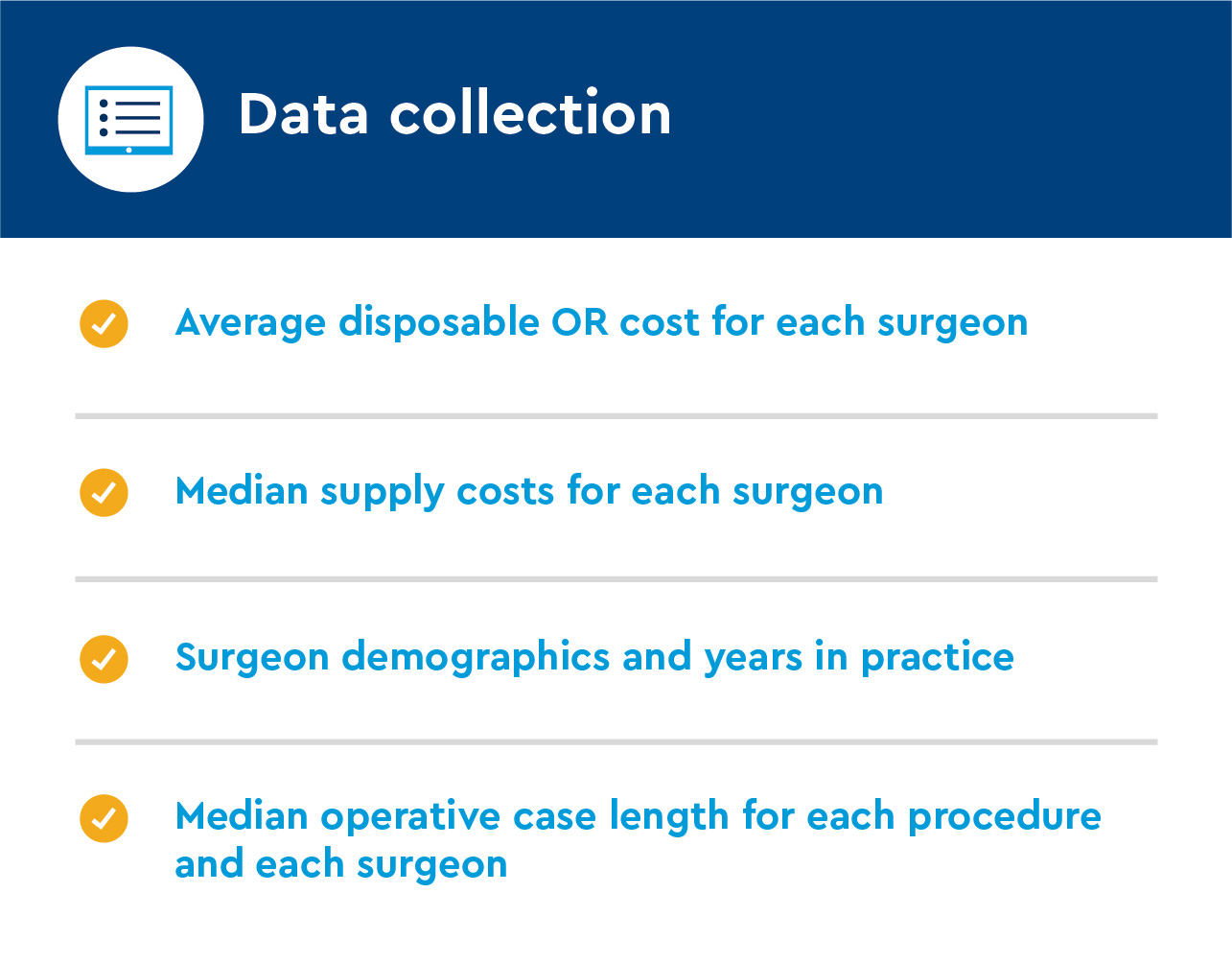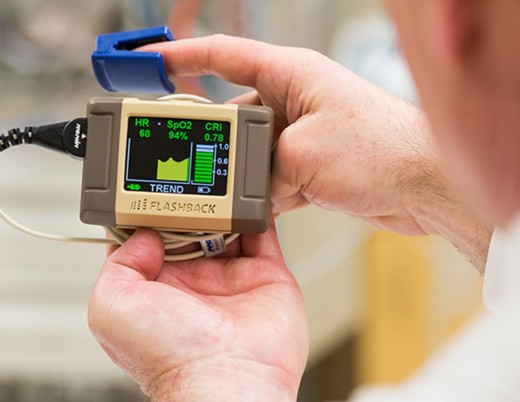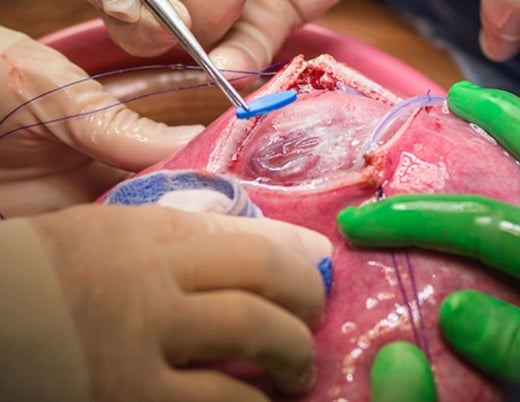Key takeaways
-
Researchers studied variation in cost of disposable OR supplies at the surgeon level.
-
For each procedure evaluated cost variation ranged from 149% to 758%.
-
Variation was not explained by surgeon volume, years in practice, or case length.
-
Future studies should examine motivators for reducing OR supply costs and relationship between cost and outcomes.
Each surgeon has decision-making authority over the type of disposable OR supplies or instruments that are purchased, including:
- Items used to perform operation
- Implantable products
- Single-use supplies discarded after procedure

Surgeons are typically not aware of the cost to procure disposable supplies, although most report a desire to limit wasted expense. Researchers at Children’s Hospital Colorado hypothesized disposable OR costs would substantially vary among surgeons. This single-site study assesses the variation in these costs.
Study authors acknowledge the complexity of acquiring OR supplies and ensuring they are ready and available for a given surgeon for a given operation. They noted potential targets to decrease variation and waste at each step of the procurement process, which could decrease cost and improve value of surgical care.
Methods: analysis of cost variation, surgeon level factors and predictors of cost and cost variation
Researchers used electronic health record data from a six-month study period (May 1- Oct. 31, 2021) to retrieve cost data from the five most common procedures in the hospital’s five pediatric surgical centers.
Inclusion criteria
- Procedure performed by at least three surgeons
- Each surgeon performed the procedure at least three times
Statistical analysis
- Cost variation: at surgeon level
- Surgeon level factors: consistent spend above or below median supply costs
- Predictors of cost and cost variation: observed variation in disposable or supply costs or standalone costs of disposable supplies as related to surgeon years in practice, case volume or operative length
Results: disposable operating room supply cost variation
Cost variation between procedures
Disposable costs for the most common operations performed by group
- <$600 for all procedures
- Lowest: $41 (chalazion excision)
- Highest: $580 (appendectomy)
For each procedure evaluated, the cost variation ranged from 149% (gastrostomy tube placement) to 758% (tonsillectomy and adenoidectomy).
Surgeon level factors
- Most surgeons not consistently above or below median supply cost for the given procedure for the group meaning that having a higher median supply cost for appendectomy did not correlate with having a higher median supply cost for gastrostomy tube placement
- ~50% of surgeons above median for half of operations evaluated and below median for the other half
Looking at the surgeons’ group for all procedures:
- 8% above median supply cost
- 23% below median supply cost
Supply cost variation was not related to a given case and individual surgeon characteristics, nor was there a significant relationship between surgeon volume and median cost, surgery length and years of experience.
Discussion: differing yet consistent variability in disposable operating room supply costs
Demonstrating cost variability
- The degree of cost variability differed, but it was consistent across all surgical subspecialities.
- In four of five subspecialties evaluated, there was at least one procedure where the median supply cost for the costliest surgeon was at least twice the cost of the least costly surgeon.
- The variation between high- and low-cost surgeons for implantable port removal, micro laryngoscopy, reduction of nasal fracture, and tympanostomy tube placement differed by a factor of 5 to 7.
- Authors noted that inclusion of a wider range of procedures would potentially uncover even more variability
- Findings consistent with prior published work recording variation in disposable OR supply cost >50 percent for pediatric appendectomy
Accounting for cost variability
Unlike findings from this study, previously published adult urology literature showed surgeons who performed a high volume of a given procedure had lower disposable supply costs for that procedure, regardless of years in practice.
Motivators for surgeons to choose less costly equipment, as demonstrated in other published literature included:
- Awareness of cost
- Surgeon scorecards (regular alerts for operating room supply cost data)
- Combination of surgeon scorecards and departmental/divisional financial incentive for meeting cost reduction target
Previously published pediatric literature demonstrated potential cost savings through:
- Disposable supplies based on surgeon scorecard interventions for appendectomy
- Standardization of disposable OR supplies used by all surgeons in group
Study authors noted more work should be done to evaluate the relationship between cost variability and patient outcomes. Previous research examining costs of disposable supplies used by neurosurgeons within the same group found disposable OR cost variation was associated with surgeon and patient specific factors but was not related to outcomes.
Conclusion: Disposable operating room supply costs varied for all surgeons
Findings from the study authors demonstrated cost variability for disposable OR supplies between surgeons performing the same procedures at a single institution. The variation in cost was not explained by case volume, years in practice or length of operation.
This study provides the groundwork for future research on understanding the relationship between variation of supply costs and patient outcomes, how surgeons select their OR supplies, and the potential motivators for different or less costly choices.
Featured Researchers

Shannon Acker, MD
Pediatric surgeon
Pediatric General Surgery
Children's Hospital Colorado
Assistant professor of pediatric surgery
University of Colorado School of Medicine

Jose Diaz-Miron, MD
Pediatric surgeon
Pediatric General Surgery
Children's Hospital Colorado
Assistant professor
Surgery-Peds Surgery
University of Colorado School of Medicine





 720-777-0123
720-777-0123











